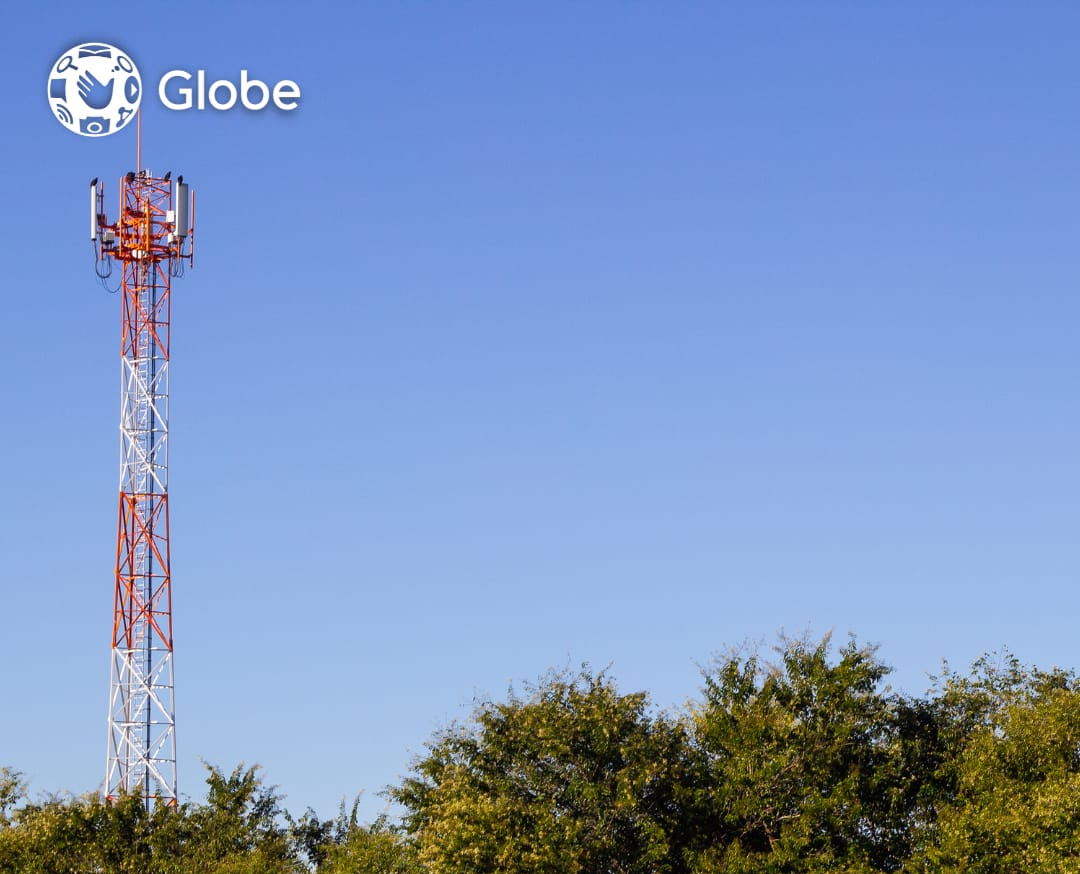Globe is reinforcing its commitment to digital inclusion by expanding access to its fiber broadband services, strategically utilizing previously built network capacity. Through targeted investments and customer insighting, Globe is enabling more Filipino households and small businesses to participate meaningfully in the country’s digital future.
“Fixed broadband continues to be a growth engine for the business. We see user data consumption now surging past 30 GB/month per user. We are fine tuning our fiber strategy to more than connectivity, it’s about empowering households, enabling SMEs, and growing the digital economy,” said Globe President and CEO Carl Cruz.
According to the Digital 2025 Report, Filipinos spend almost nine hours online daily. This shows digital services are now integral to everyday life, making high-quality broadband more crucial than ever. Despite this, fixed broadband access is still inconsistent, with only 33% of households connected as of 2024, based on the latest figures from the Department of Information and Communications Technology (DICT).
Globe’s expanding GFiber portfolio anchored on postpaid plans and the contract-free, reloadable GFiber Prepaid are responding to the increased demand. As of the first quarter of 2025, Globe has 1.83 million broadband subscribers, with GFiber Prepaid alone growing 53% quarter-on-quarter to serve 400,000 Filipino homes.
“We’re building more than infrastructure, we’re enabling opportunity,” Cruz emphasized. “By expanding access to reliable broadband, we’re opening doors for millions of Filipinos to participate meaningfully in the digital economy.”
Focused Expansion
Globe’s network strategy is aligned with national digital goals, including the Department of Information and Communications Technology’s (DICT) National Broadband Plan and programs for Geographically Isolated and Disadvantaged Areas (GIDAs). By focusing on high-need and high-impact areas, Globe is helping advance digital equity while supporting inclusive economic participation.
Through ongoing migration from legacy fixed wireless and wired to fiber in targeted regions, as well as participation in shared infrastructure initiatives, Globe is addressing coverage gaps while ensuring network scalability and operational efficiency.
Globe has successfully migrated over 600 towns in at least 70 provinces nationwide to full fiber connectivity, increasingly eliminating copper from its network. This transition provides faster, more reliable internet for residents and supports Globe’s sustainability agenda of reducing environmental impact and discouraging illegal salvaging.
“Modernization is one of Globe’s key success factors. When we made the leap from 2G to 4G, it unlocked massive gains. Now, we’re continuing that momentum not just for speed, but for service equity and sustainability,” Cruz said.
Investing in Long-Term Growth
Globe has invested ₱228 billion in capital expenditure and ₱236 billion in operational expenses over the last three years to modernize its network. These investments are not just about infrastructure, they are about economic empowerment, digital resilience, and long-term national competitiveness.
“We are not just building faster networks, we’re building a more connected society,” Cruz said. “Fiber broadband is the backbone of digital life. And as the digital economy continues to grow, Globe is committed to expanding our reach strategically, sustainably, and always with the customer at the heart of it.”

